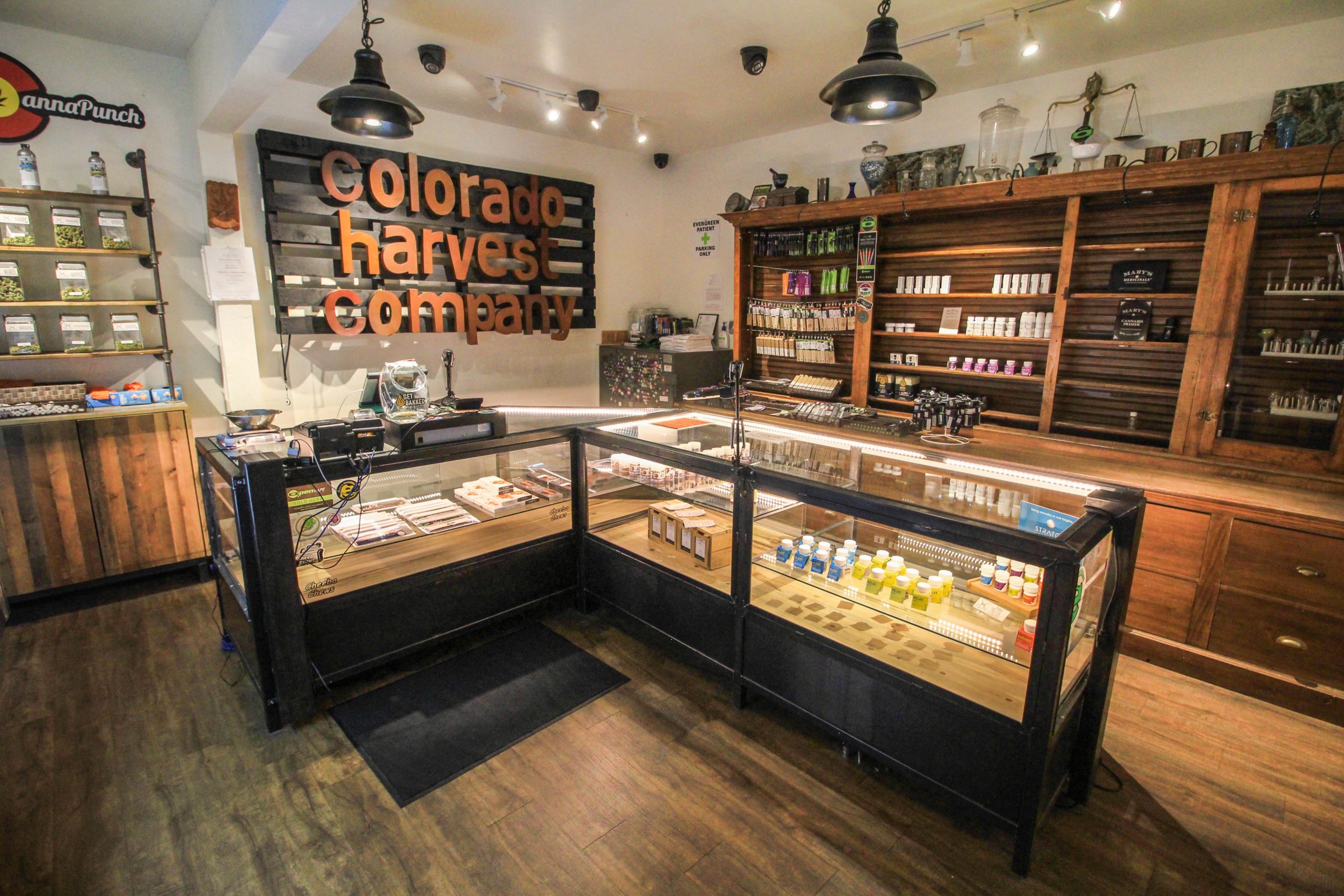Key idea: CBD and cannabis companies face myriad bewildering obstacles to building a national business, but the opportunities are huge – for the firms themselves and their investors, as well as for the retail property sector.
Imagine that you manage a retail apparel chain,
selling identical T-shirts and sweaters in stores around the country – except
that every garment you sell must be manufactured in the state in which it’s
being sold – because you can’t transport T-shirts and sweaters across state
lines – and in addition, you must make those clothes only from cotton grown in
that state.
Now imagine that in some states you can sell only your
T-shirts but not your sweaters, and in most states, you can only sell your products
to people who manage to obtain special permission from the state to purchase
your T-shirts. And in some states, you can only sell your products in stores
that you personally operate, and no other retailers can sell your products.
And imagine that all your sales must be in cash, because
you’re not allowed to accept credit cards or checks, and nor can your company get
a credit card or a bank loan to cover everyday expenses – and you can’t even
deduct most of those expenses on your taxes, because the federal government
doesn’t consider your enterprise to a legal enterprise.
Yet despite all this, imagine you find it hard to keep
up with demand because consumers love your T-shirts and sweaters so much,
they’re willing to drive hundreds of miles or even take a plane ride just to
buy your products because they can’t find them in their local stores. That’s a
nice problem to have.
Welcome to the World of Legal Cannabis and CBD
Where is this imaginary
market? These are some of the challenges and opportunities faced by the
cannabis retailing sector – the legal cannabis retailing sector – and
these challenges are not a fantasy. In some states, no form of cannabis
products may be sold, while in an equal number virtually all types are legal
for adults, and in more than half of states, only medical cannabis (for which
you need some form of a doctor’s note) is legal. In most states where cannabis
is legal in some form, cannabis retailers (or dispensaries) may sell products
from a wide variety of manufacturers, but in some states, like Florida,
retailers may only sell their own products.
And since neither marijuana flower
nor cannabis products may be transported to or sold in other states, the
cannabis products in every state must be derived from marijuana grown in that
state. Which introduces two huge issues for a multi-state cannabis organization
(MSO): attaining economies of scale in manufacturing, marketing, and
distribution; and maintaining quality control across jurisdictions when
otherwise identical products (like gummies or tinctures) must be manufactured
with cannabis unique to each state.
And just to complicate matters
further, the derivative CBD – short for cannabidiol, which is a non-psychoactive
ingredient found in both cannabis and hemp plants, and is associated with many
health benefits – was legalized at the federal level by the 2018 Farm Bill for
wellness products, but only if it’s derived from hemp, not cannabis, with
concentrations of THC – that’s the special ingredient that gets you high – of no
more than 0.3%.
But that’s not all: Every
state has its own regulations regarding the cultivation, distribution,
packaging and labeling, and of course retailing of these products. Which means,
among other things. MSOs need unique products, packaging, and even business
practices in each state.
Whew! That’s a lot to keep
track of.
Peering Through the Smoke
And yet the potential is
enormous. The Nielsen Company – yes, that Nielsen now tracks cannabis sales
– estimates that legal sales of cannabis and hemp-derived
CBD products totaled $8 billion last year, and projects growth to $41
billion by 2025[1], while
another study by the cannabis-focused research firm Brightfield Group forecasts
the CBD market alone will reach $22 billion in sales by 2022.[2]
And yet another study
estimates there are over 200,000 people working directly in this sector – up by
almost 50% last year alone – and another 100,000 in related industries.[3] And for
the data freaks out there, here’s an interesting factoid: none of these jobs
are counted in the official job statistics by BLS – because cannabis s not a
legal enterprise according to the federal government!
All of which makes cannabis a really
interesting retail segment, especially because it is one of the few cateogires
of retail goods that’s growing quickly and can occupy lots of retail space, as
well as warehouses and farmland. I recently moderated a panel at ICSC’s
research conference on this topic with a vertically-integrated cannabis retailer,
an online wholesale cannabis marketplace, and a broker working with cannabis
retailing clients.
Among the mainstream
retailers already selling CBD products in at least some states are grocers (Kroger
and Whole
Foods), pharmacies (Walgreens,
CVS,
RiteAid),
apparel retailers (American
Eagle, Abercrombie
& Fitch, DSW)
and health
and beauty
retailers (Sephora, Ulta, GNC, Vitamin Shoppe) – even pet
product retailers (Petco and PetSmart).
Moreover, Green Growth Brands, which sells CBD-based health and beauty products under several
different brands has agreements to open
hundreds of CBD shops in shopping centers owned by Simon
Property Group and Brookfield
Properties.
But for now, all of these retail plays by conventional
retailers and landlords are only for low-THC hemp-based CBD products. Any hemp products
with more than 0.3% THC, as well as all cannabis products, must be sold in
licensed dispensaries. Like a pharmacy, but for marijuana. So, you won’t be
seeing pot sold at Krogers or Walgreens any time soon.
But there’s no legal reason dispensaries can’t open in
a shopping center to fill the void left by all those store closings by
traditional retailers – provided the site satisfies the locational requirements
for dispensaries (not too close to schools, for example). However, reputational
and other considerations will likely limit the number of landlords and their
investors who choose to accept dispensaries as tenants, particularly unless and
until cannabis is legalized by the federal government.
And retail is not the only property play. All that pot
must be grown, processed, and then stored somewhere, providing huge potential for
farmland, processing facilities, and warehouses. Several REITs have already
entered this space. But that’s another story for another blog.
[1] https://www.nielsen.com/us/en/insights/article/2019/brace-for-impact-u-s-cpg-cannabis-sales-to-rise-by-the-billions/
[2] https://www.cnbc.com/2019/06/10/green-growth-brands-to-open-over-70-cbd-shops-in-malls-with-brookfield.html
[3] https://d3atagt0rnqk7k.cloudfront.net/wp-content/uploads/2019/03/01141121/CANNABIS-JOBS-REPORT-FINAL-2.27.191.pdf



